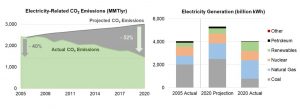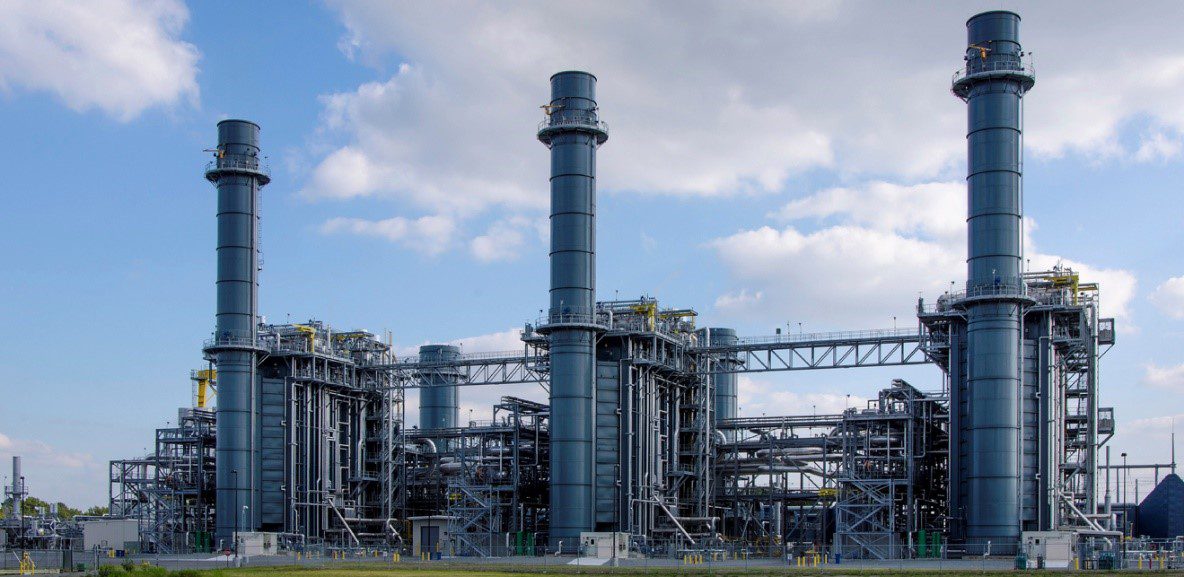The U.S. has made significant carbon emission reduction gains over the past 15 years primarily due to the increased use of natural gas in power generation, recently released Berkeley Lab data details. Emissions tied to the electricity sector were poised to surge over the last fifteen years, according to 2005 EIA predictions, yet the nation actually reduced power-related greenhouse gas emissions compared to government projections, the findings show.
“The U.S. cut power sector emissions by 52% below projected levels – we are now ‘halfway to zero,’” Berkeley Lab scientist and lead researcher, Ryan Wiser, said.
Researchers attribute this success to natural gas and renewable capacity growth over the years, but a closer look at the data reveals natural gas is the main driver – and the key to sustained progress.

While renewable energy resources increased 79% more than 2005 analysts predicted, natural gas far outpaces that with a 115% growth rate over that same time period.
“The study found that switching from coal to natural gas for power generation played a big role in lowering carbon emissions. Natural gas generation grew rapidly, driven by the shale gas revolution and low fuel prices.”
In addition to carbon dioxide emission reductions, sulfur and nitrogen pollutants also declined and improved public health. The researchers estimate premature deaths fell from 38,000 in 2005 to 3,100 in 2020 – representing a 91% decrease.
“Compared to the business-as-usual projection, not only did the nation significantly reduce its carbon footprint, but it did so while also reducing total energy bills and health burdens,” said co-author and Berkeley Lab scientist Dev Millstein.
The researchers also found consumer electric bills were 18% lower than expected, saving Americans $86 billion per year.
This Berkeley Lab data comes on the heels of the EPA’s finalized Greenhouse Gas Inventory released this week, which confirms the nation’s air quality progress as natural gas takes up a larger share of power generation.
In 2019, CO2 emissions from the power sector were 1,606 MmCO2e, according to the EPA. This represents an 8.4% decline from 2018 levels, an 11.8% decrease compared to 1990, and a 33% decrease compared with the nation’s 2005 peak emitting year – just around the time the shale revolution took off.
We will likely continue along this trend as we deploy more domestic natural gas to fuel the power sector and new gas generating capacity, combined with operational efficiencies and technological advancements, comes online.
In fact, as the EIA highlighted this morning, the PJM interconnection – the grid operator for the mid-Atlantic states – utilizes new natural gas-fired generators more than older units, a majority of which have been built in Appalachia.
“The rapid development of shale gas resources in Pennsylvania, Ohio, and West Virginia has contributed to sustained low natural gas prices and encouraged the construction of natural gas-fired power plants,” EIA states. In total, PJM is home to about one-third of all new natural gas generating capacity constructed in the U.S. since 2010.





